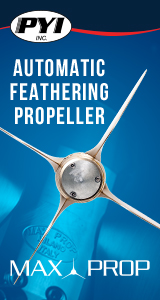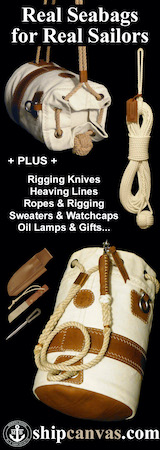This is the first time gary4now has posted — let’s welcome them to our community!
- This topic has 4 replies, 3 views, and was last updated 1 month, 3 weeks ago by .
-
Topic
-
My son bought a flooded Sun 27 (27 foot cruiser, fibreglass over wood frame, with lead keel). It was moored at a tidal dock but heeled over in shallow water, keel resting on a sandy/silty bottom for months. Rudder has been bent as well, probably from long time spent heeled over and subject to wind/tidal/current movements. After pumping out water and moving to deeper spot at the dock where the boat now floats, a significant leak was discovered, from inside it looks like where keel joins the hull. After many many attempts he has managed to patch from the inside so that leak rate can be managed by bilge pump about once per hour. He can’t afford lift out and work in a proper dockyard, but there is a spot where he can beach it at high tide and possibly pull it higher to work on it. I have looked at how to support a keel boat out of the water and it seems all weight should be on the keel itself, with side supports only to prevent tipping over. My questions:
1. If the leak is due to a crack where the keel is joined to the hull, will we be able to do a proper repair with the boat thus supported? Should we crank on the nuts/bolts connecting keel to hull when it is out of the water?
2. Considering likelihood that there has been fiberglass delamination at the leak site and infiltration of saltwater into the hull, how much attention should be given to addressing this? Will we have to grind away until we have removed all areas which have been infiltrated? If so, will we have to restore/rebuild layer by layer with mat material etc. or if e.g. less than a square foot affected would patching with fiber-impregnated epoxy be sufficient? He will not be overly concerned with cosmetic appearance.
3. Specs for the boat show displacement as 2812 kg (6200 lb) and ballast of 1043 kg (2300 lb). Does the total weight (displacement) of the boat include the ballast or does the weight of the ballast have to be added to the displacement? We want to be sure support structure can safely carry the weight.
4. Any other suggestions or things to investigate welcome. The boat will mainly be used as a live-aboard and not likely to see any heavy seas or extreme conditions.
Thanks,
Gary
- You must be logged in to reply to this topic.












